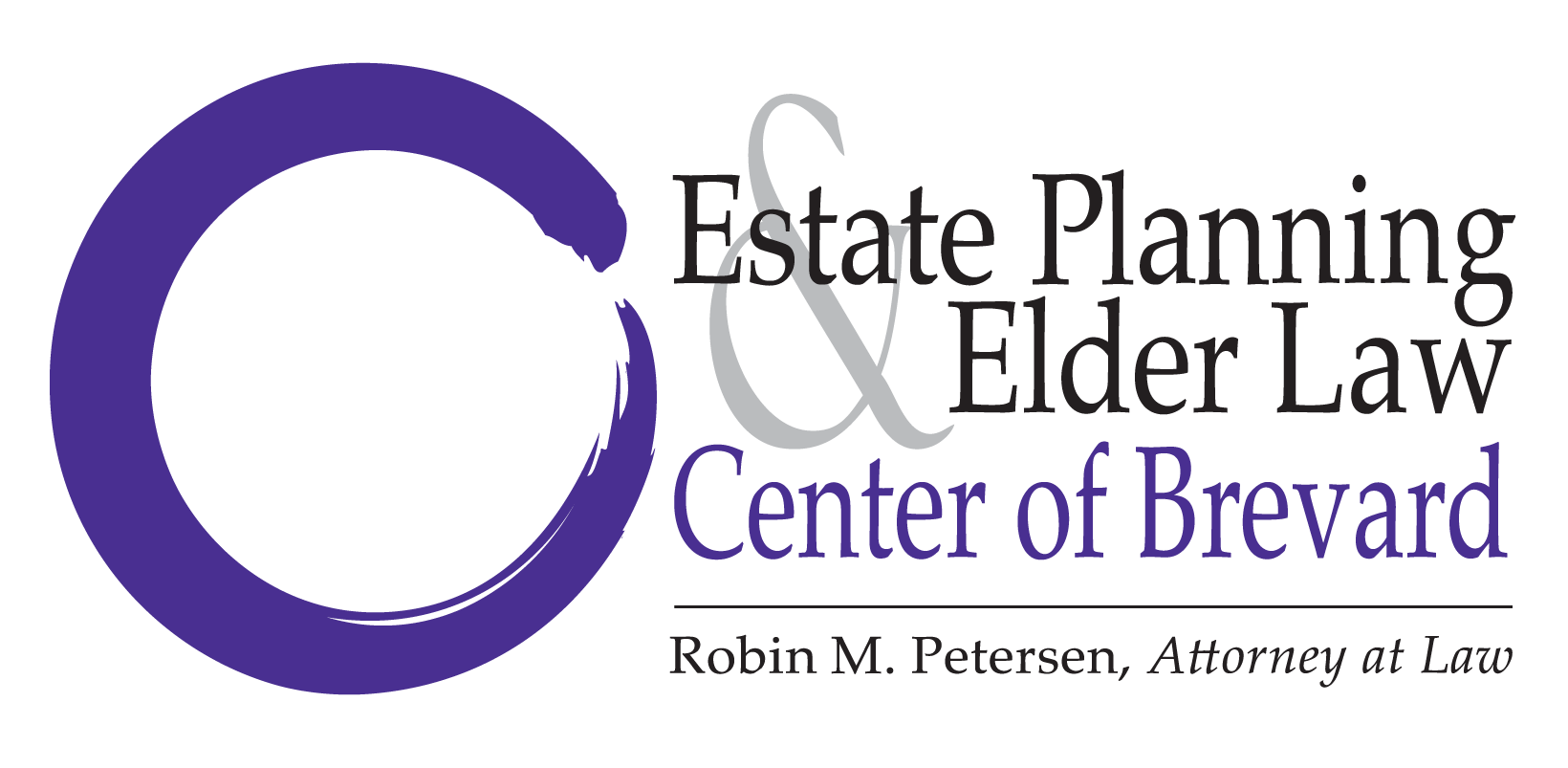When Jimmy Buffett died in September 2023, he left behind more than a legendary catalog…
Understanding the Difference Between Alzheimer’s and Dementia
While Alzheimer’s is the most common form of dementia, accounting for an estimated 60-70% of all cases, there are other types of dementia. High blood pressure causes the second most common form, vascular dementia.
The words “dementia” and “Alzheimer’s disease” are often used interchangeably, but they are different types of dementia. There’s alcohol-related dementia, Parkinson’s dementia and frontotemporal dementia. Each has different causes, according to AARP in a recent article, ““Dementia vs. Alzheimer’s: Which Is It?” It is extremely important to be sure that the correct type of dementia is diagnosed, so that the correct treatment, medicines and support for the individual and the family is given.
Correctly identifying Alzheimer’s instead of another type of dementia, may result in a prescription for a cognition-enhancing drug rather than an antidepressant. A patient may also be eligible to participate in a clinical trial for Alzheimer’s, if he or she has been specifically diagnosed with the disease.
One important clarification comes from Constantine George Lyketsos, M.D., director of the Johns Hopkins Memory and Alzheimer’s Treatment Center in Baltimore, who said “To be called dementia, the disorder must be severe enough to interfere with your daily life.”
Dementia is a nonreversible decline in mental function. It’s a catchall phrase that encompasses several disorders that cause chronic memory loss, personality changes or impaired reasoning. Alzheimer’s disease is just one of them.
Alzheimer’s is a specific disease that slowly and irreversibly destroys memory and thinking skills. There’s no cure. However, researchers have identified biological evidence of the disease: amyloid plaques and tangles in the brain. They can be seen microscopically, or more recently, using a PET scan that employs a newly discovered tracer that binds to the proteins. The presence of these proteins can also be detected in cerebral spinal fluid, but this method isn’t used often in the U.S.
Dementia is diagnosed by a doctor who must find that you have two or three cognitive areas in decline. These areas include disorientation, disorganization, language impairment and memory loss. To make that diagnosis, a doctor or neurologist will administer several mental-skill challenges.
Despite many advances in research, there is still no definitive objective test for Alzheimer’s disease. Doctors rely on observation and ruling out any other possibilities for their diagnosis. The use of the new PET scan is said to be 95% accurate, but it’s usually recommended only for patients with unusual symptoms.
If a family member gets a diagnosis of Alzheimer’s or dementia, make sure that their estate plan is in place and up to date. There are likely to be many issues that need to be addressed.
Reference: AARP (June 25, 2018) “Dementia vs. Alzheimer’s: Which Is It?”



